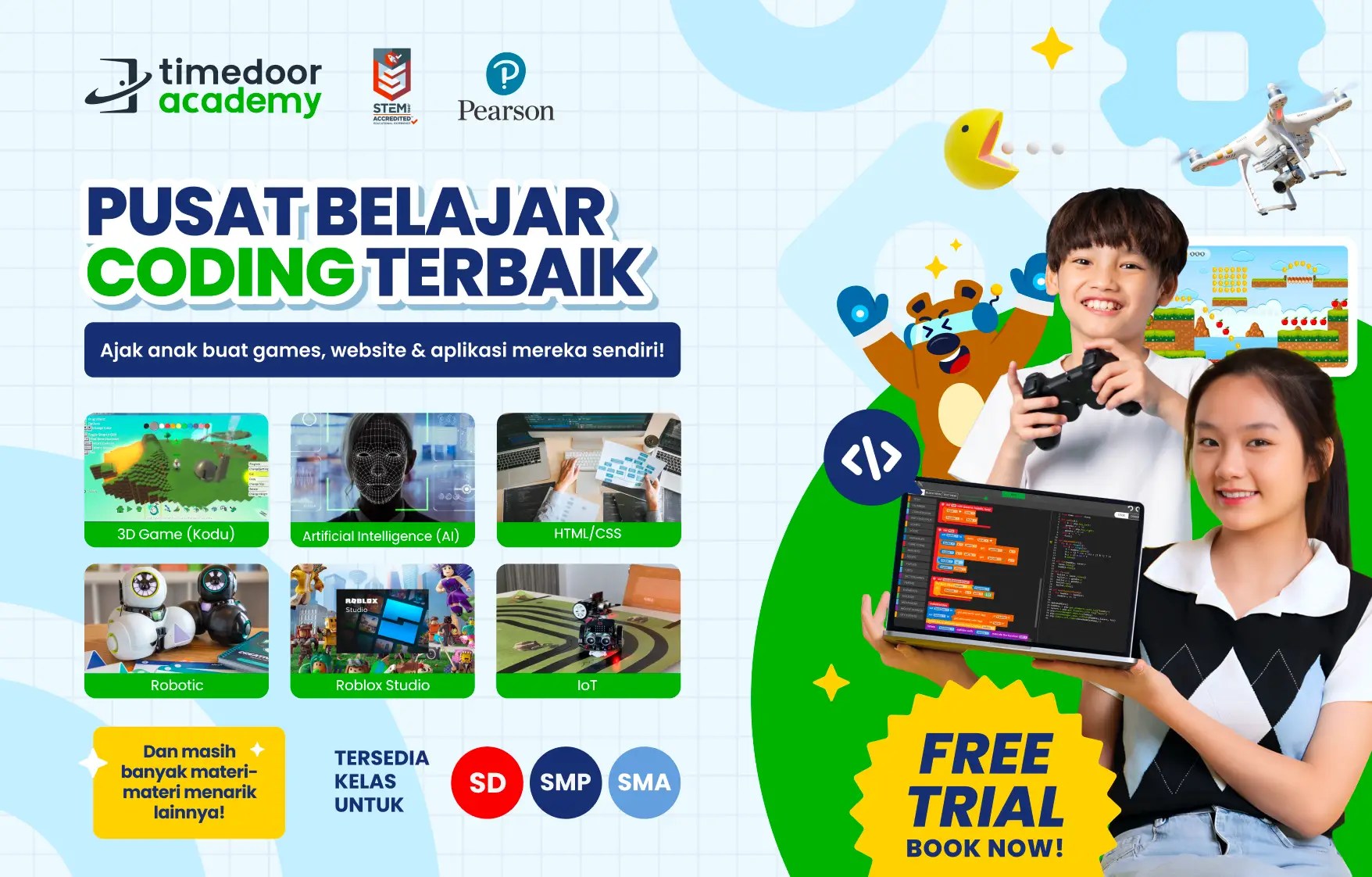Shaping Your Child’s Future Through Early Education

Shaping your child future is one of the most important concerns for every parent. Every decision we make from choosing the right school to enrolling our children in extracurricular activities plays a significant role in shaping your child future. As parents, we all want to give our children the best, but the path to doing so is not always clear.
Building a strong foundation from an early age is the key to guiding children toward a bright and successful future. This includes not just formal education, but also character development, 21st-century skills, and digital literacy in an ever-evolving world.
Why Early Education Matters

Research consistently shows that early childhood is a golden period for brain development. During this time, children absorb information rapidly and form lifelong habits. That’s why shaping your child future must start with providing quality learning experiences from a young age.
Early education goes beyond teaching reading and math. It involves nurturing logical thinking, creativity, communication skills, and critical thinking. These are the essential building blocks for future success.
Technology and Modern-Day Challenges

In today’s fast-paced digital era, children need to be familiar with technology to keep up. Without the right exposure, they risk falling behind in skills and confidence. On the other hand, unrestricted use of technology without guidance can lead to negative outcomes. This is where parents play a vital role in ensuring that their children use technology wisely and constructively.
One proven way to shaping your child future is by introducing them to the world of coding and digital literacy early. Learning to code is more than just programming it teaches children how to think systematically, solve problems independently, and create useful digital projects.
The Importance of 21st-Century Skills
In shaping your child future, parents must look beyond academics. Success in the future workforce will require skills such as collaboration, adaptability, innovation, and digital fluency. Thus, children need a holistic education that prepares them to thrive in a dynamic world.
These 21st-century skills can be nurtured through engaging activities like digital projects, educational games, and coding classes. A project-based learning approach helps children learn by doing, which fosters curiosity, initiative, and real-world understanding.
The Parent’s Role in Guiding Their Child’s Future

Parents can’t leave their children’s future entirely in the hands of schools. Active involvement in a child’s learning journey is crucial. Parents who participate in their child’s learning process are better positioned to identify their child’s talents, interests, and individual needs.
This involvement also builds the child’s confidence, strengthens their motivation, and reinforces their belief that they are supported. A key aspect of shaping your child future is fostering a strong partnership between the home, the school, and the broader community.
Creating a Supportive Learning Environment
Children thrive in safe, encouraging, and engaging environments. They need spaces where they feel free to explore, express themselves, and try new things. This is the mission of Timedoor Academy to create inspiring digital learning environments that fuel creativity, exploration, and innovation.
With a modern, fun, and forward-looking approach to education, Timedoor Academy has helped thousands of children across the globe discover technology, think critically, and build meaningful projects. Through interactive classes and expert mentorship, children gain the confidence to turn ideas into action.
Let’s Invest in Their Future Today

Ingin tahu detail program?
Shaping your child future is a long-term commitment. It requires consistent effort, patience, and the right strategy. But the most important step is to start now. By giving children access to relevant education and the skills they’ll need in the future, we’re laying a solid foundation for the lives they will lead.
Sign your child up for a free trial at Timedoor Academy today and see how they can begin exploring the world of technology in a way that’s fun, educational, and empowering. Together, let’s support our children as they take confident steps toward shaping their future.



